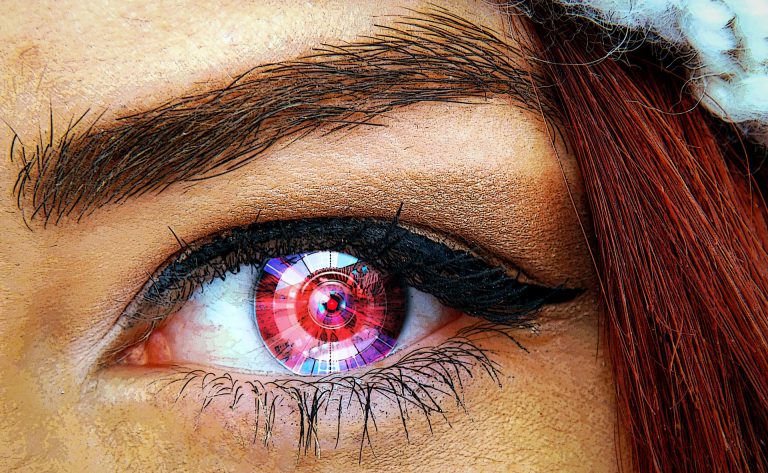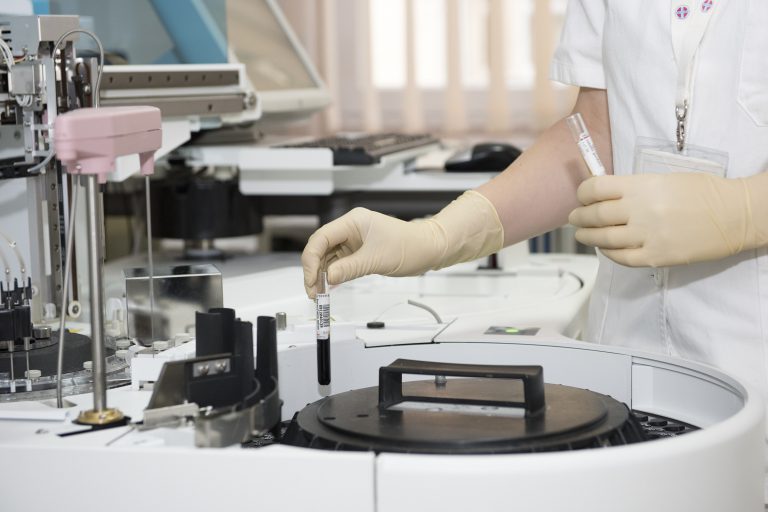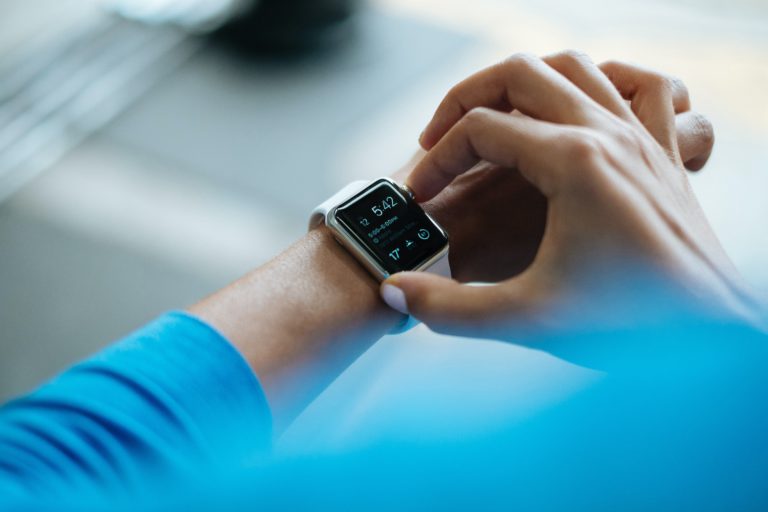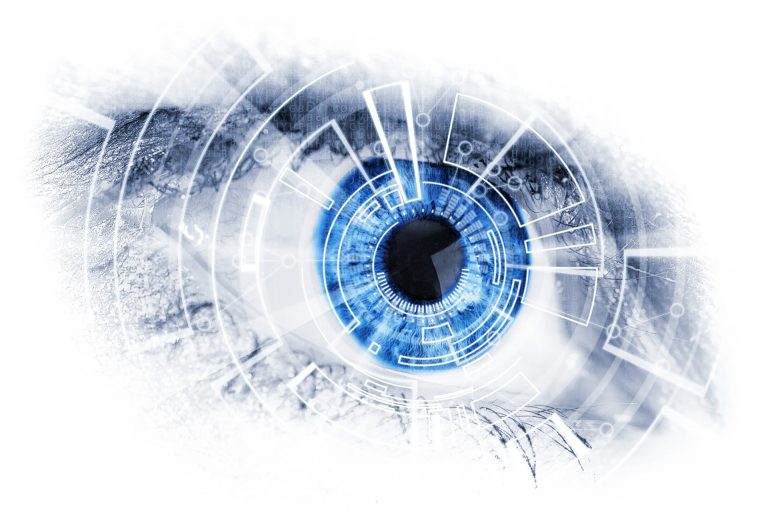Are Smart Contact Lenses the Future for Diabetes Detection?
The exciting global embrace of wearable health technology and the fast-growing demand from consumers to take control of their own health has led to a steady increase in the development of many new devices designed to collect users’ personal health and exercise data. Devices such as fitness trackers, smartwatches and wearable monitors have weaved themselves into society in many countries, with the likes of Fitbit and smartwatches becoming mainstream. Smart contact lenses are one of these up-and-coming wearable devices that are attracting much attention for what they could mean for health care applications.
Earlier this year, a team of researchers from South Korea published an article about wireless smart contact lenses that can help detect diabetes and treat diabetic retinopathy just by wearing them. The device relies on chip technology which monitors sugar levels via the users’ blood vessels behind the eyelids and will issue a warning should a health emergency arise.
The multifunctional smart contact lens includes a real-time electrochemical biosensor, which is designed to detect glucose in tears – possibly replacing the need for invasive blood glucose tests in the future. Another function is the on-demand flexible drug delivery system, which allows for controlled drug delivery to treat diabetic retinopathy via remote communication.
The smart contact lens is made of biocompatible polymer and contains ultrathin, flexible electrical circuits and a microcontroller chip for real-time electrochemical biosensing, on-demand controlled drug delivery, wireless power management, and data communication. When the contact lens is placed onto the eye, chemicals on it bind with tear glucose and trigger an electrical current change that is proportional to the amount of glucose. This electric current is also used to dissolve gold membranes that seal drug reservoirs, triggering the release of a dose of the drug.
The lens is about 0.2 millimeters thick as currently made, which is already thinner than the FDA-approved contact lenses for measuring eye pressure in people with the eye disease glaucoma. In the future, the team aims to reduce it to 0.15 mm thick.
Like all contact lenses, this breakthrough device fits over the cornea, the clear outer layer which covers the front portion of the eye and focuses most of the light that enters the eye. The surface of the cornea uniquely presents an noninvasive and convenient interface to physiological conditions in the human body – after all the eyes are directly connected to the brain, liver, heart, lung, and kidney and can serve as a window to the body.
The research team tested the smart contact lens on rabbits and verified that the glucose level in tears of diabetic rabbits analyzed by smart contact lenses matched their blood glucose level using a conventional glucose sensor that utilizes drawn blood. The team additionally confirmed that the drugs encased in smart contact lenses could treat diabetic retinopathy. According to team leader Professor Sei Kwang Hahn of the Pohang University of Science and Technology, human clinical trials are scheduled to begin in 2021. If everything goes well, the smart contact lens should be commercially available as early as 2023.









